Caudal cervical vertebral morphological variation is not associated with clinical signs in Warmblood horses
S. Veraa, K. de Graaf, I.D. Wijnberg, W. Back, H. Vernooij, M. Nielen and A.J. M. Belt | Equine Veterinary Journal | June 2019
The aims of this retrospective case-control study were to compare the frequency of morphologic variation in cervical vertebrae of adult Warmblood horses with and without clinical signs related to the neck, and to determine if there is an association between morphologic variation at cervical vertebrae C6 and C7 and clinical signs…


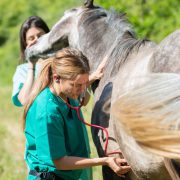
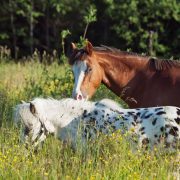

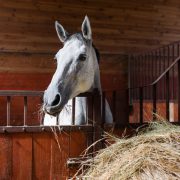
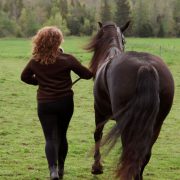
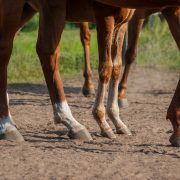
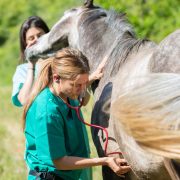
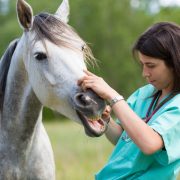
Connect with us